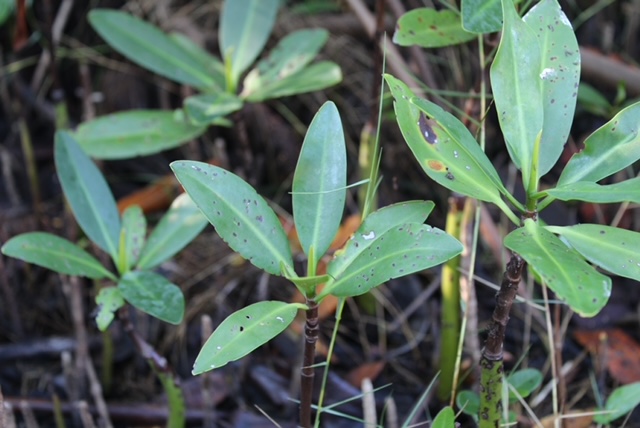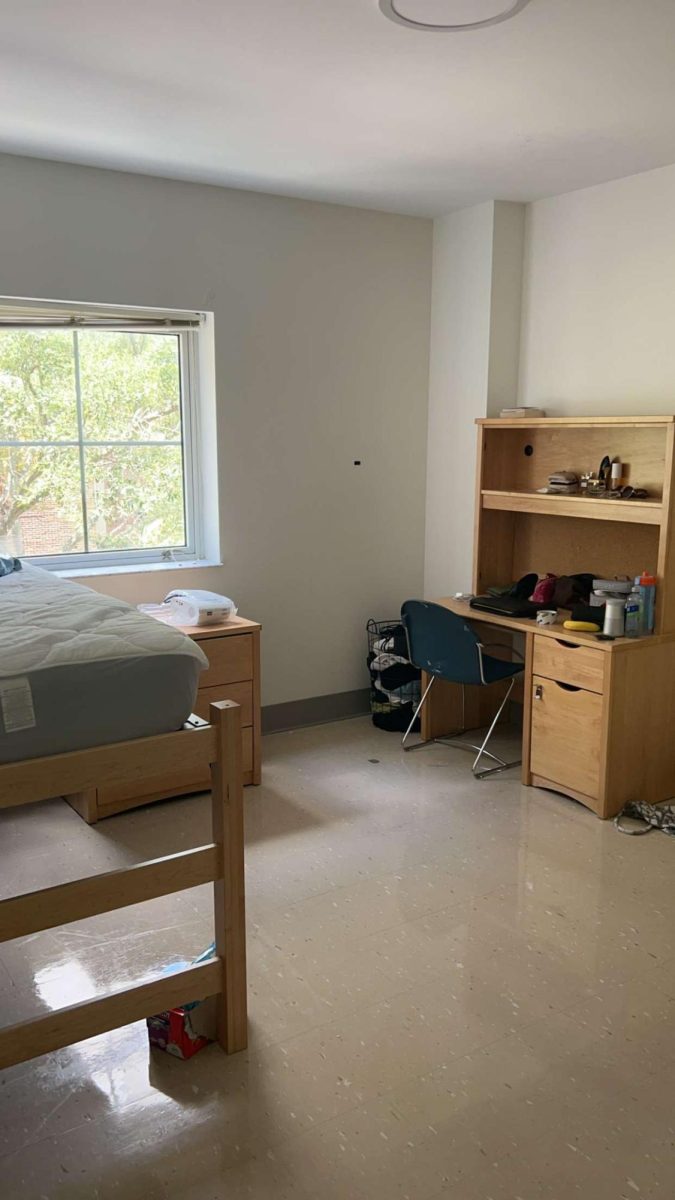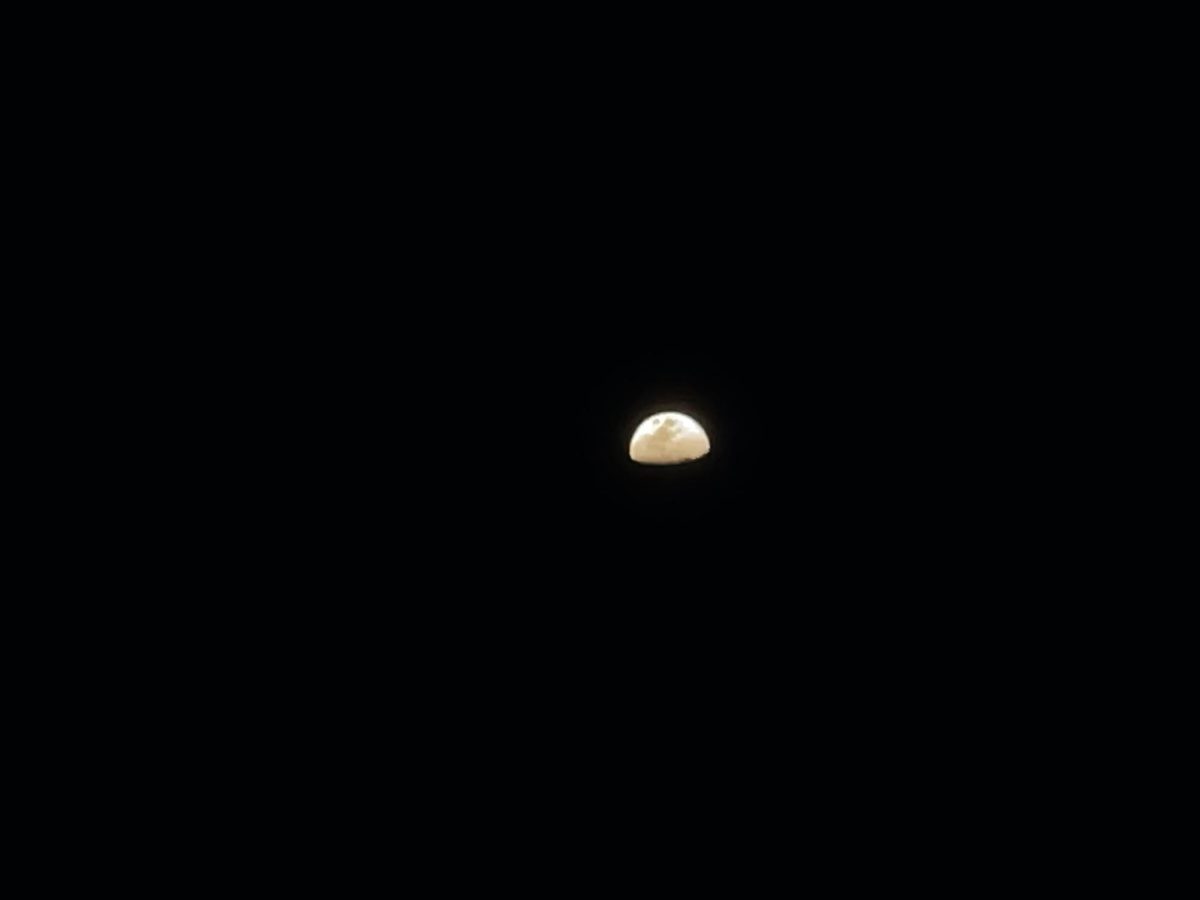Do you know anything about Florida’s invasive population? When asked, a number of ILS students responded:
“I know about iguanas.”
“Aren’t mangroves invasive?”
“Wasn’t there something about pythons?”
And…..
“There are invasive species in Florida?”
Yes, there are. And while all the above are classified as invasive, they just barely scratch the surface at the growing number of unwanted and intrusive species damaging Florida’s natural ecosystem.
Iguanas, mangroves, and Burmese Pythons are just a few of the more popular invaders for reasons varying from mass media coverage—Burmese Python—to the most commonly seen wildlife associated with the state—iguanas and mangroves—.
“I didn’t know that,” said junior Max Molitor.
A lesser known invasive in South Florida is the Cuban Tree Frog. With its ferocious appetite for spineless critters, small lizards, and native frogs, it has quickly climbed up the ranks as one of the region’s most meddlesome guests. These bug-eyed creatures love to burrow, taking refuge in shower drains, toilets, sinks, and fountains. And while normally not a problem, it is with these. These frogs can grow up to six inches in length and causing clogs and other damage that cost a pretty penny to fix.
“Imagine calling the plumber to say there’s a frog in my drain,” wondered senior Diego Garcia.
Another species, but one widely recognized by any Miamian is the Muscovy Duck. These invasive birds are commonly seen but completely overlooked. They’re aggressive, destructive and cause problems through damage of property, disease transmission, and competition with the native ducks in the area. Many property owners in Southwest Florida complain as daily, they go outside to find hundreds of Muscovy Duck droppings on their driveways, docks, lawns, sidewalks, and even floating in their pool.
“That’s disgusting,” said senior Miguel Gomez imagining a duck poop infested pool.
Given this ongoing concern affecting more and more Floridians, regulations have been enacted. Since 2010, regulations directed at the Muscovy Duck population allows for their removal if done by the property owner or a nuisance wildlife trapper. But while these animals are supposed to be euthanized humanly, unfortunately, most trappers choose to loosely follow the regulations in place and not use humane methods.
It seems the number-one rule for those pesky Muscovy Ducks is to never feed them. Fed once, they never leave, and soon your property will become a never-ending dung fest








